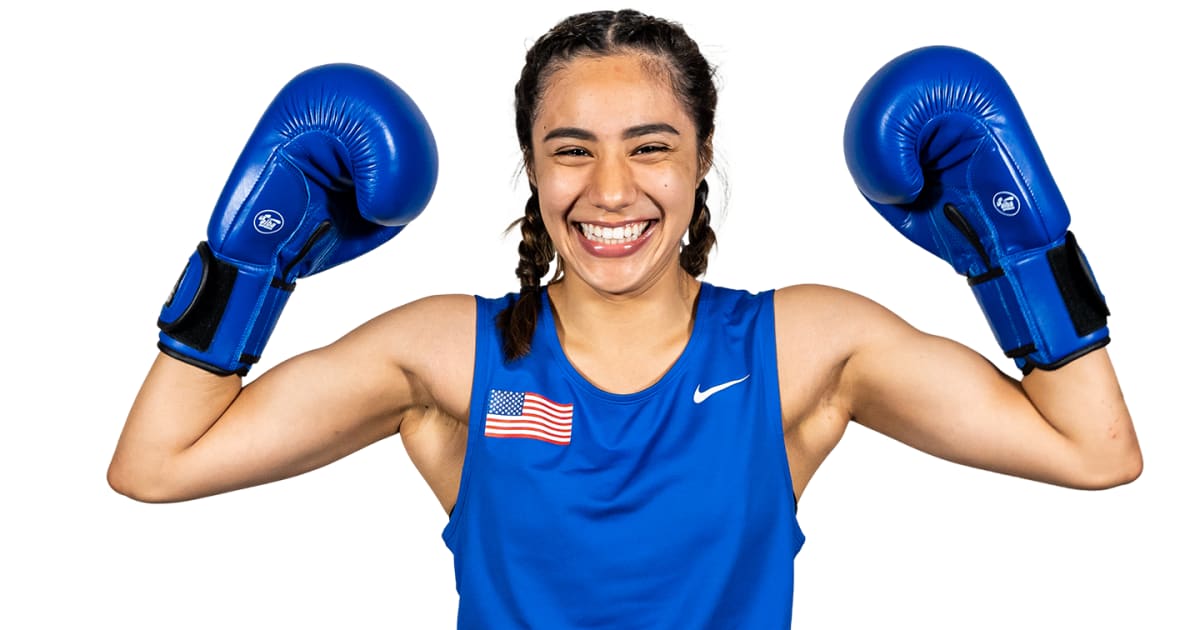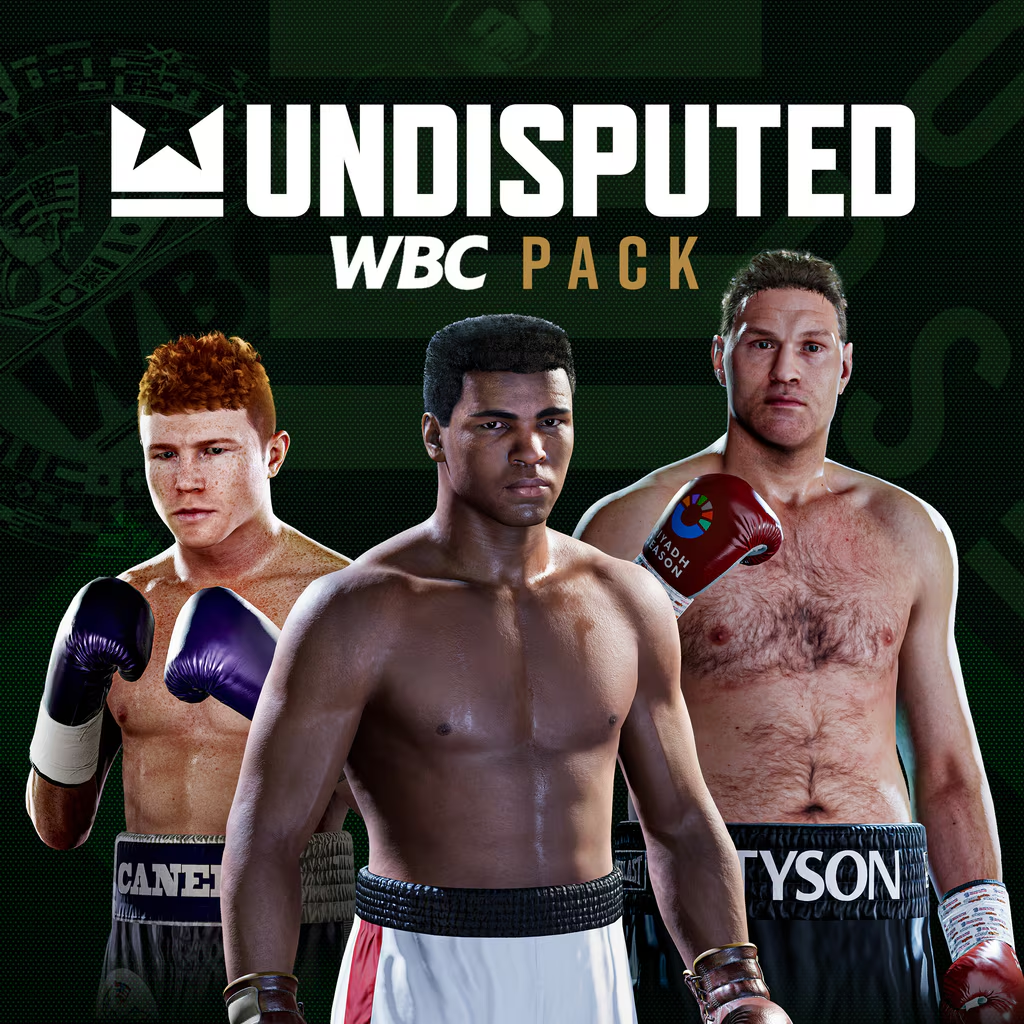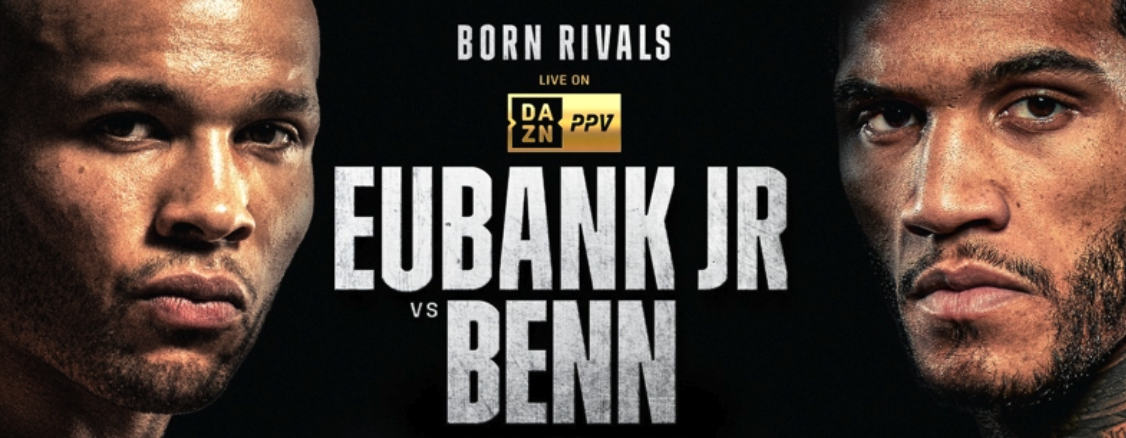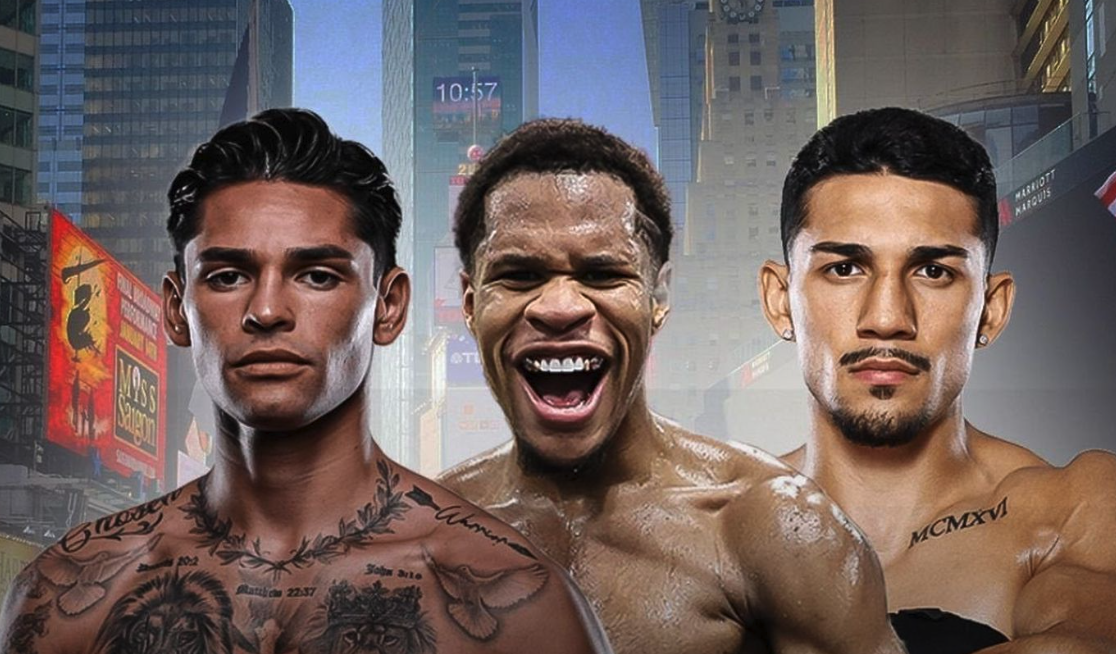Rebuilding Manny Pacquiao
Manny Pacquiao is a generational talent and a future boxing hall of famer, yet if he were to have retired after his December loss to rival Juan Manual Marquez, as was the conjecture of many, the enduring image of Pacquiao would have been that of him laying face-down and motionless at the MGM Grand in Las Vegas. It would have been a cruel fate for a boxer whose career has been marked by unparalleled accomplishments, such as being the only man in history to win titles in eight weight divisions. Albeit with many questions to answer, Pacquiao will, in fact, return to the ring on November 23rd in Macau, China. Speculation continues as to whether his talent has diminished in general, and perhaps more significantly, whether he can psychologically recover from his devastating December defeat.
There seems to be a consensus among fans and media that a November loss would be the coup de grace to Pacquiao’s career. While the questions about his psyche, lack of a recent knockout and preoccupation with politics, are legitimate, there is a road back if Pacquiao chooses to travel on it. His remarkable career was not built in one day, and likewise, it won’t be re-built with one victory on November 23rd. That said, a win in November would be the second of five important steps in the post-knockout Pacquiao redemption.
In chronological order, I offer “The Pac Plan:”
Step 1: Take time off. Check. When Manny Pacquiao enters the ring in Macau, nearly one year will have passed since the knockout. There should be no misconceptions as to the necessity of this time off, however, because December 8, 2012 was the boxing equivalent of an apocalypse. Pacquiao’s air of invincibility was gone in a Las Vegas second, and he needs to allow the stench of that career-threatening travesty to dissipate.
Step 2: For his return, promoter Top Rank must select an opponent, against whom Pacquiao can look as spectacular as he had in his mind-blowing prime. Enter Brandon Rios, the Latin Ricky Hatton. Check. There are not many fighters crazy enough to walk into a buzzsaw, but Hatton was one and Rios is another. Boxing fans will recall Pacquiao's second-round knockout of Hatton as, perhaps, his most impressive singular moment in the ring. Rios is similar to Hatton in size and style, and thus, the perfect foil to Pacquiao’s knockout show. Rios has repeatedly professed that he enjoys being hit. Welcome to jungle, “Bam Bam.”
Step 3: Shut up and listen to Freddie Roach. As his star was rising in recent years, Pacquiao was clearly exerting more influence over his training camps. Cable network, behind-the-scenes documentaries have offered a great deal of transparency into the Roach/Pacquiao relationship and how it has evolved. On multiple occasions, Roach has admitted that Pacquiao is “the boss” and dictates where and when he trains. Camp is routinely interrupted by the Philippine star’s extra-curricular activities, which include, but are not limited to: singing engagements, promotional appearances, pick-up basketball games, incessant Bible
study and running for public office. All of the aforementioned are reasonable pass-times if not noble efforts, unless you’re training for a prize-fight. The Marquez loss should be humbling enough to remind Manny that insufficient preparation can lead to bad outcomes, and in boxing, bad outcomes can be dangerous. What many boxing fans may not know is that Pacquiao suffered two similar, knockout defeats early in his career to lesser knowns, Rustico Torrecampo (1996) and Medgoen Singsurat (1999). After these defeats, everything changed for Pacquiao when he met Freddie Roach. Manny: meet the new boss, the same as the old boss.
Step 4: Cut ties with whatever entities or whoever among his handlers have been responsible for Manny’s match making. As exciting as each fight was, did Pacquiao really need to tempt fate with four fights against Juan Manuel Marquez? It didn’t take a genius to figure out that Marquez’s style gave Pacquiao fits and that Manny stood to lose much more than he could gain after defeating Marquez in their second fight. Did Floyd Mayweather take four fights with Jose Luis Castillo? No, because he has capable handlers – advisor, Al Haymon and promotional partner, Golden Boy – who understand the concept of risk and reward. In boxing, you need to make your point and move on. The third and fourth Pacquiao/Marquez fights could have been driven solely by a dearth of opponents in the Top Rank stable, but may have also been the result of Manny’s hubris in combination with his handlers’ ineptitude. It’s impossible not to compare Pacquiao to his most notable contemporary, and like him or not, Mayweather’s career has been carefully managed while Manny’s has been botched. Pacquiao has taken countless, low-upside risks against dangerous fighters such as the physically larger Antonio Margarito and the less than marketable Timothy Bradley. This match-making strategy, or lack thereof, was a ticking time bomb that went off on December 8th.
Step 5: Make the Floyd Mayweather fight happen. While promoters, Top Rank and Golden Boy are feuding and unable to collaborate at the moment, this should not be an obstacle because Mayweather is not contractually obligated to either. A favorable purse split should compel Floyd to get it on. He offered Manny $40 million to make this fight in 2012. Since then, Mayweather’s status in the sport has been buoyed with victories over cherry-picked opponents while Manny’s has taken a hit with his repeated visits to the lion’s den. All of this is just another way of saying that Floyd holds more cards, and that Manny will have to take less money at this point. Contrary to some opinions, Mayweather/Pacquiao is still the most interesting and appealing fight in boxing, and would be good for both men. Mayweather needs marketable opponents in order to satisfy his CBS/Showtime contract, and Pacquiao needs to return to the top of the sport. Manny should take what he is offered and give the people what they want. It makes sense for all parties involved.
The extent of Manny Pacquiao’s decline remains a debatable topic, yet it has certainly been exaggerated by some mounting revisionist history as to the events of 2012. Those who bluntly state that he has lost consecutive fights need a reality check. We should all be reminded that, reportedly, according to 48 of 51 credentialed ring-side media at their June 2012 bout, Pacquiao defeated Timothy Bradley with most scoring the fight widely in Manny’s favor. There have been bad judging decisions in boxing and then there was Pacquiao/Bradley; an epic and historically embarrassing blunder in a sport that is famous for such things. The December fight ended in a much different set of circumstances, obviously. In this case, Pacquiao’s defeat was resounding and irrefutable, but the events prior the shot-heard-around-the-world, should not be entirely forgotten. Pacquiao was ahead on all judges’ score cards, was reportedly showering the ring-side audience with his opponent’s blood and seemed to be closing in on a stoppage before the suspiciously enhanced Marquez put him to sleep.
The most fact-based argument supporting Pacquiao’s decline would be that which compares his last six fights to the five bouts previous. In 2008 and 2009, Pacquiao elevated his already lofty status in boxing with a re-match victory over Juan Manuel Marquez along with impressive knockouts over David Diaz, Oscar De La Hoya, Ricky Hatton and Miguel Cotto. Manny was fighting elite competition and was winning convincingly. He was a knock-down and knockout machine and was as big a pay-per-view star as Floyd Mayweather. Time Magazine dubbed him boxing’s “Great Hope” in a November 2009 cover story. In a 2010 interview with 60 Minutes, Top Rank Chief, Bob Arum called Manny the “greatest fighter” he had ever seen; a loud statement from a man who has promoted Muhammad Ali and Ray Leonard among many other legendary boxers.
Pacquiao was coming off a stretch in which he had scored four consecutive knockouts and had delivered seven knock-downs in his previous 43 rounds. Then came 2010 when Pacquiao, in perhaps his most triumphant moment, was elected as a Philippine congressman. It was clear that his stardom had transcended boxing and that his influence would be felt for years after his retirement from the sport. Even so, he was only 32, had every intention of fighting on, and indeed, he did just that. Since his congressional election, Manny has fought six times with zero knockouts and only two knock-downs in 72 rounds. Coincidence? I think not. Professional boxing is not a part time job.
In 2001, the then 23 year old Manny Pacquiao walked into The Wild Card Gym in Hollywood, California seeking direction and guidance. With his career in the balance and like many fighters before him; Pacquiao was talented, but inconsistent and was reeling from knockout losses. It was at the Wild Card that Manny met Freddie Roach, who would transform the young Philippine into a fearless wrecking ball. The two would go on to make boxing history. The Boxing Writers Association of America named Pacquiao “Fighter of the Decade” for the 2000’s. Roach was inducted into the boxing hall of fame in 2012.
Later this summer, Pacquiao, now 34, will once again enter the Wild Card Gym with his career in the balance and once again, will need to make history. Very few fighters have effectively returned from knockouts as violent as that which Pacquiao suffered. Even with a victory against Brandon Rios, it is possible, and even likely that we have seen the last of Manny Pacquiao as we knew him. That said, anything can happen in boxing, and here’s hoping that Pacquiao/Mayweather happens. The 1970’s had Muhammad Ali vs. Joe Frazier I, the 1980’s had Marvin Hagler vs. Ray Leonard, and the 1990’s had Mike Tyson vs. his inner demons. The current generation of boxing fans deserve their super fight, even if one or both combatants are faded.
mike@bostonboxoffice.com
.jpg)
.jpg)

.jpg)
.jpg)
.jpg)



